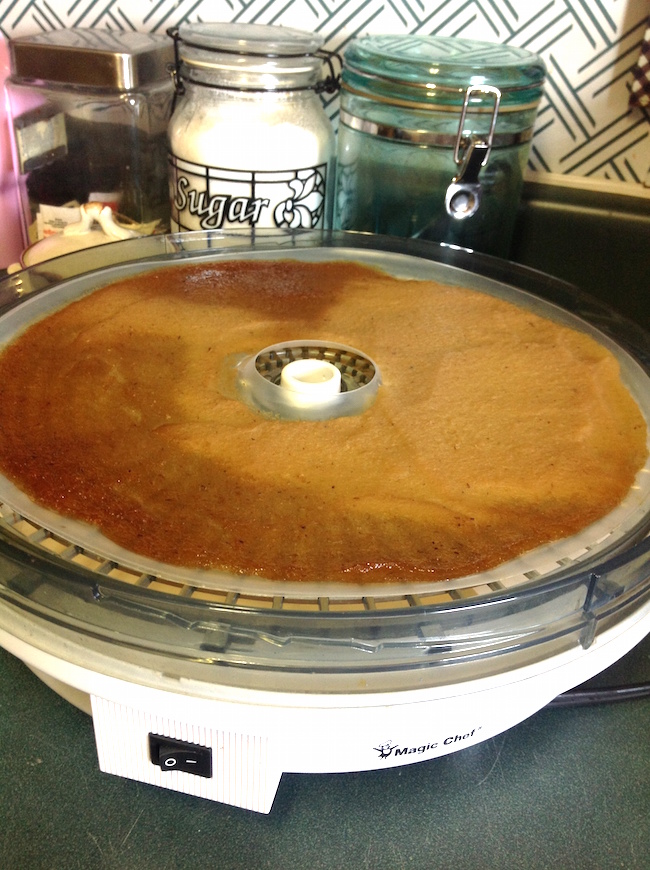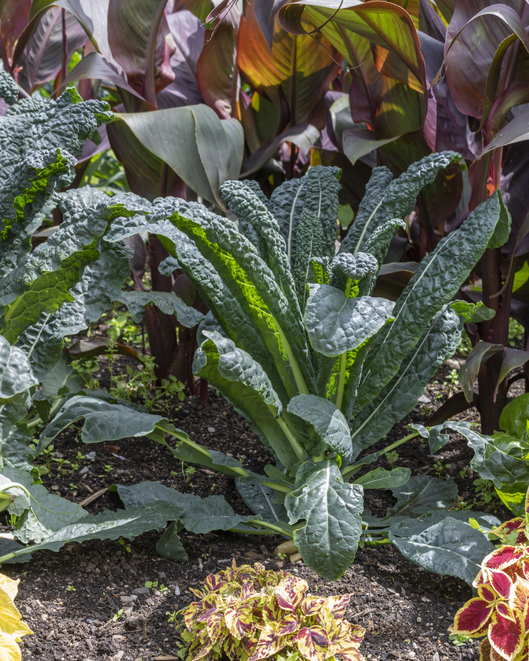If winter weather is keeping your family indoors, use the time to make and enjoy homemade fruit roll-ups. Using a food dehydrator and directions from University of Georgia Cooperative Extension, you can make some simple fruit roll-up snacks that are lower in sugar than those that are commercially produced.
The major skill needed is to be able to evenly spread a fruit puree in a very thin layer (about 1/8-inch thick) onto a lined dehydrator tray. A second skill might be pureeing fruit, if you don’t have an apple or other fruit sauce that’s already canned.
You can use homemade fine applesauce puree or buy commercial sauce. Unsweetened applesauce makes for an easy, pureed fruit that’s ready to spread on your dryer sheets. To make it your own recipe, add some spices, like cinnamon or nutmeg, to taste or purchase applesauce that’s already flavored with spices or other fruits.
Drained, canned fruits as well as frozen fruits are also ready-to-puree fruit options. Purchase canned fruits packed in water or light syrups to reduce the sugar content. Frozen fruits can also be purchased in unsweetened forms. Strained baby fruits make for an even, fine puree to use.
If you’re using fresh fruit, be sure to choose ripe or very ripe fruit for pureeing. Some directions for using fresh fruits call for cooking the puree. Directions from other sources, such as the National Center for Home Food Preservation, hosted by UGA Extension, call for simply pureeing the fresh fruit.
When preparing your trays, avoid pouring the fruit puree too close to the edges of the dehydrator. Leave about a half-inch margin or more to give an edge to peel the fruit leather away from the tray when it is dried.
Larger leathers take longer to dry. Cover the dryer tray or pour smaller, individually sized circles to dry smaller roll-ups. The best drying temperature is 140 degrees Fahrenheit.
Test often for dryness as times can vary from four to 10 hours depending on the method and fruit. No indentations should remain if you lightly touch the leather, even though it might still feel a bit tacky.
If the leather peels away readily from the tray and there are no indentations remaining, it should be properly dried. Leaving too much moisture can lead to molding or other spoilage in storage.
An oven can also be used to dry fruit, but oven drying is slower than dehydrators because ovens do not have built-in fans for air movement. (Some convection ovens do have fans.) It takes about two times longer to dry food in an oven, so a dehydrator is much more efficient and uses less energy.
For more on recommended food drying procedures, read the UGA Extension publication at nchfp.uga.edu/publications/uga/uga_dry_fruit.pdf.









